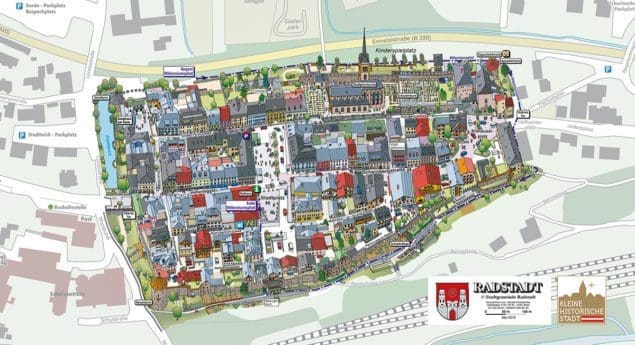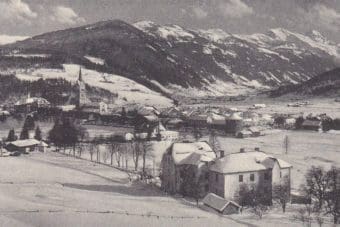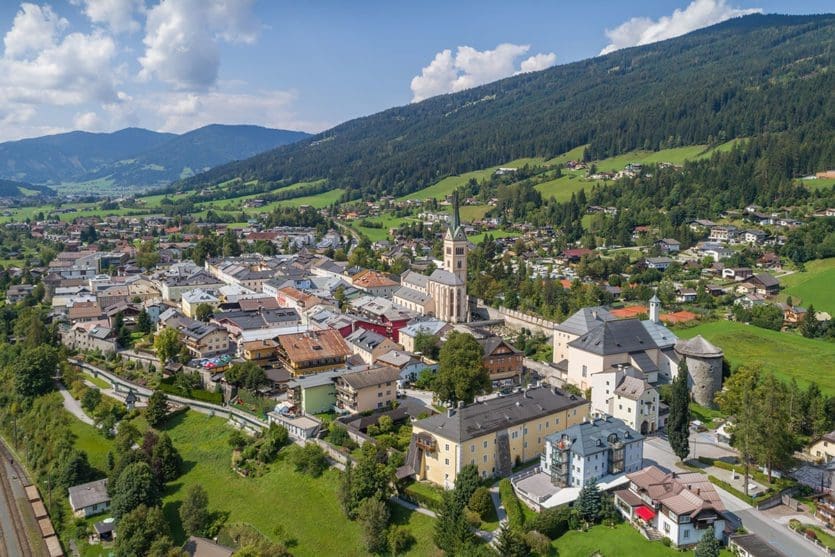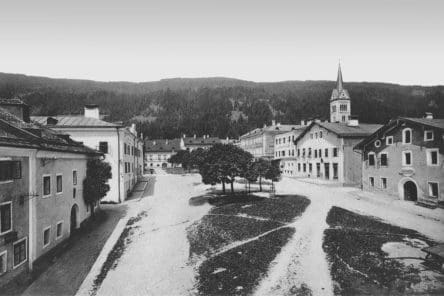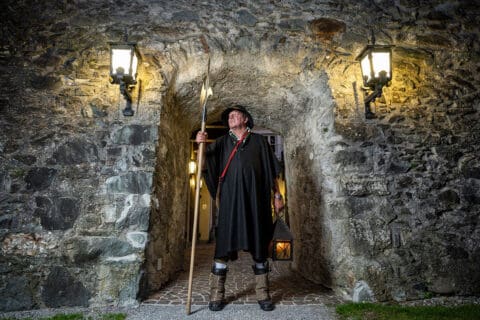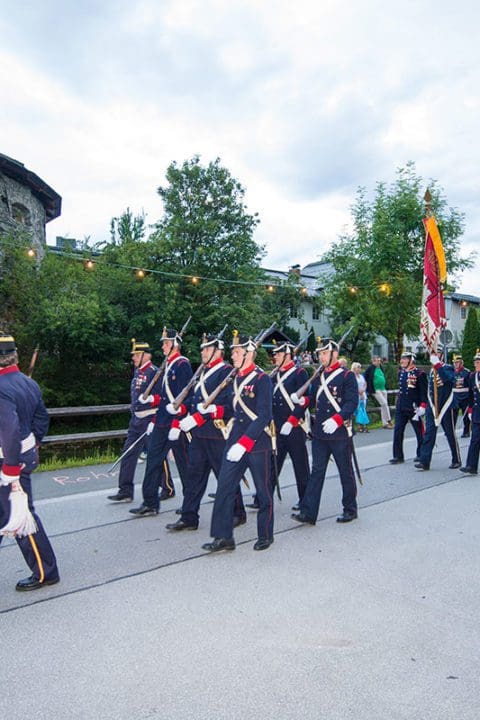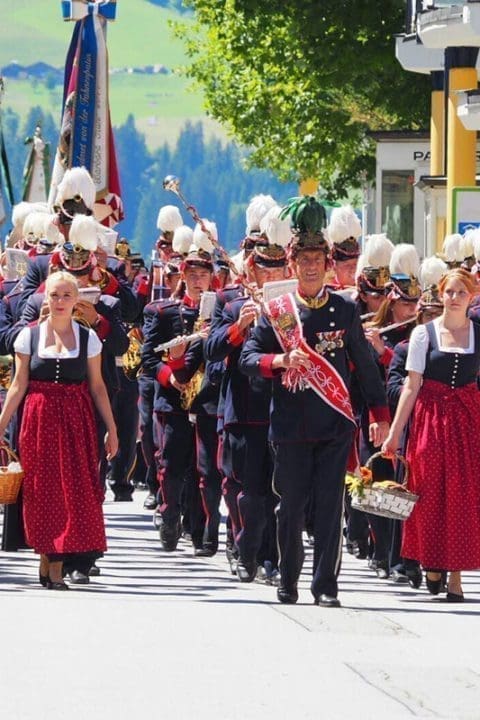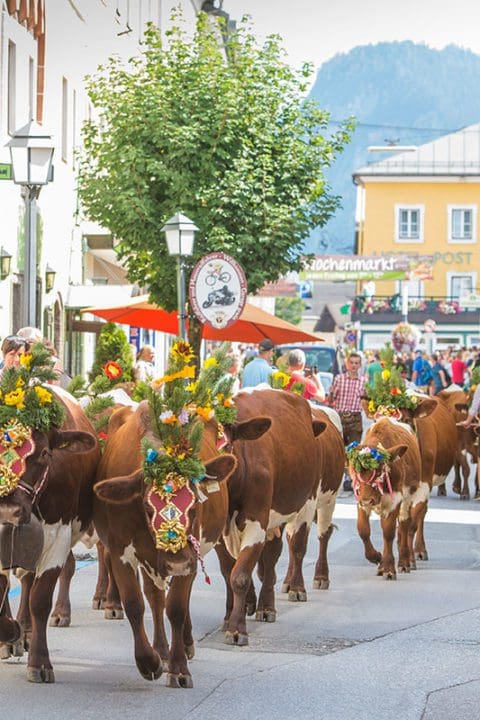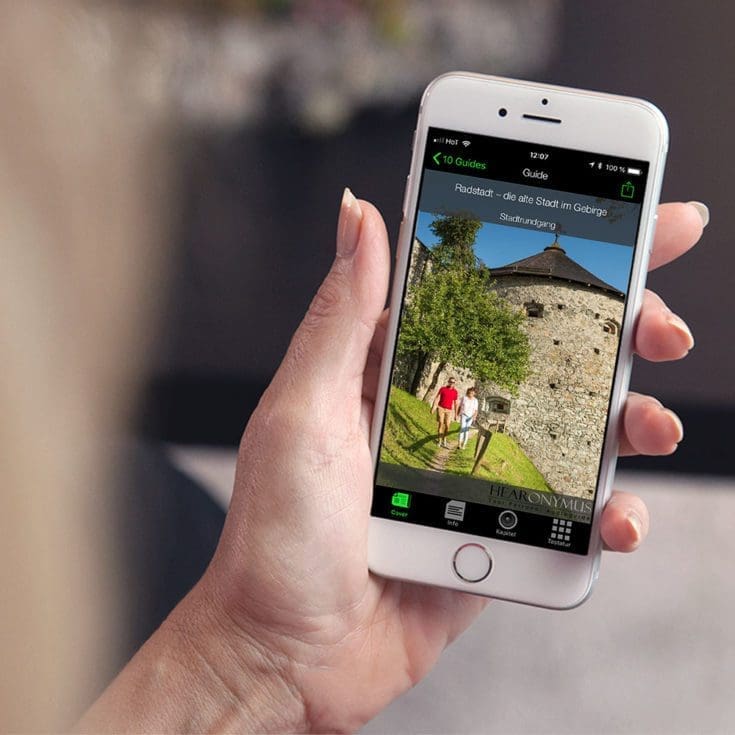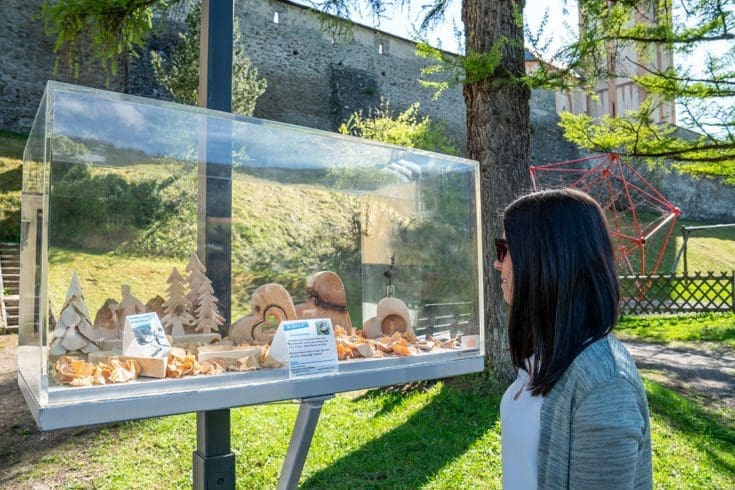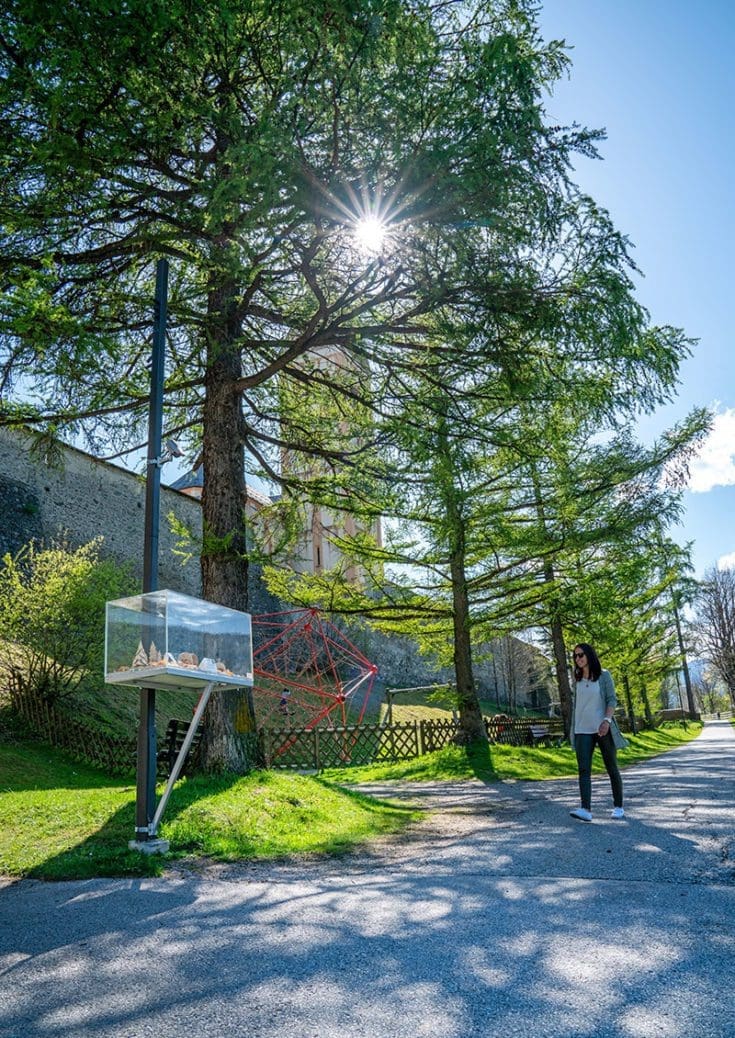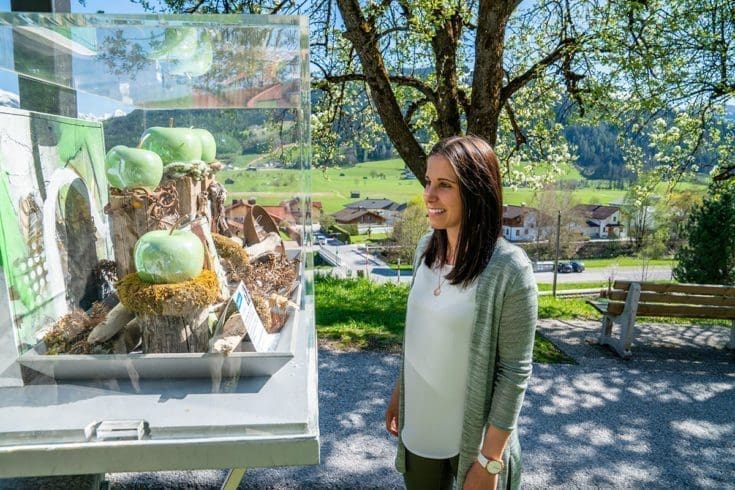The beauty of radstadt
culture & history
This is a small town with a colourful history in the Austrian Alps – and with lots of fascinating stories to tell. One famous and immensely talented citizen was Paul Hofhaimer. Considered the greatest composer and organist of his time, he was employed as the court organist for Emperor Maximilian in Innsbruck.
Architecturally, the town’s historical treasures include the mighty defensive walls with their round towers, the late Romanesque parish church and the gothic light column – all hinting at Radstadt’s eventful history. Today, this town in the Pongau region of Salzburg Province offers an excellent blend of history, culture & nature and is a great holiday destination for summer and winter vacations. The numerous well-preserved traditions and cultural events are veritable crowd-pullers.
A quick overview
Facts & figures
- Historical town with 5000 residents
- Central location: Main town in the Ennspongau part of the Province of Salzburg
- 70 km south of the festival city of Salzburg
- Old town protected by conservation orders
- 856 m above sea level
- Town status awarded in 1289
- 190 comfortable accommodations for a great holiday in Radstadt
- Guest card with multiple discounts: Salzburger Sportwelt Card
Due to its favourable strategic location in the Salzburg Enns valley region, on the pass road over the Radstadt Tauern mountains, deep in the Middle Ages Radstadt was able to develop into a burgeoning trading town. Even today, there’s still plenty to explore in this small and venerable village, between the old walls of the town, the church and the monastery. The past comes to life here when the Radstadt night-watchman armed with a halberd, dressed in the costume of yore – and recounting all kinds of stories and legends to engrossed audiences.
An artist, like Hofhaimer on the organ or Dürer of Nuremburg and his paintings." Teophrastus Paracelsus To be mentioned in the same breath as Albrecht Dürer, and that by the world-famous physician Paracelsus, show’s how highly acclaimed Hofhaimer was at the time. Paul Hofhaimer was born on 25th January 1459. He became famous as an organist and lute player, composer and conductor, the creator of the regal and as the courtsman of Emperor Maximilian. The son of the iron trader in the village of Radstadt went to the local school for singers and organists. He continued his training in Innsbruck at the court of the ‘wasteful Sigismund’, and from there to Emperor Maximilian, with whom he was forced to travel around for thirty years “like a gypsy” as he commented. His fame grew and grew. In 1515 he was knighted in Saint Stephen’s Cathedral in Vienna for a magnificent performance of his work ‘Tedeum’.
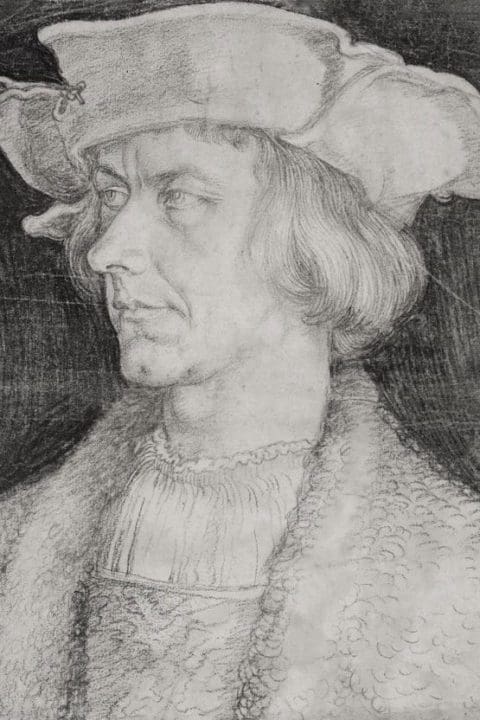
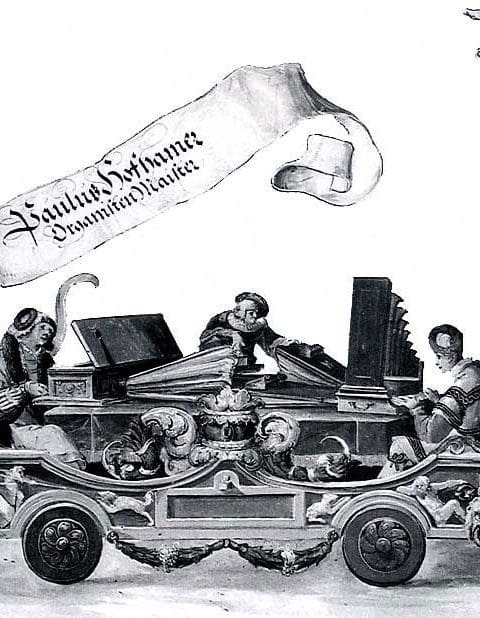
Immortalised by Dürer
Dürer sketched Hofhaimer’s portrait in honour of the triumph of Emperor Maximilian, and ultimately etched his image in copper. His organ playing was known for its immense power and harmony, but he was also known for his simple yet consummately musical folk songs too.
Paul Hofhaimer died in 1537.
The quaint buildings in the centre of the old town are subject to preservation orders, there are lots of cultural events, the tourist infrastructure is well developed, and there’s excellent hospitality in the town. This all helps to make Austria’s ‘small historical towns’ veritable gems – and to boost their popularity with the guests. In 1993, 13 small towns between Lake Neusiedl and Lake Constance joined forces to ensure their marketing and advertising activities were better-focused and more effective. In small towns, and Radstadt is such a place, the charming atmosphere and personal hospitality are a winning factor – far from the hustle and bustle of the city.
Our tip: Get to know Radstadt even better on the small historical towns treasure hunt and win one week's stay!
More details:
Small historical towns
Stadtplatz 27
4400 Steyr
Austria
Tradition & customs have always played a big role in Radstadt. At the beginning of the 16th century Paul Hofhaimer, Emperor Maximilian’s court organist, was famous for his concerts. Now, in Radstadt culture and traditions are preserved and upheld by a number of associations:
- The uniformed privileged civil militia was established to defend the town almost 700 years ago. Now the decorative uniforms are real eye-catchers at all kinds of secular and ecclesiastical events. On the first weekend in August the militia celebrates its popular militia day, one of the year’s highlights in the region.
- The town’s marching band Stadtkapelle Radstadt also accompanies lots of events and celebrations – like militia day – with an ensemble of over 70 musicians.
- The D'Goasstoana heimat association and Ennspongau Landjugend youth group are devoted to the preservation and cultivation of particular customs traditional clothing. These customs come to life at events like the raising of the maypole on the 1st May and the harvest festival in October. After the church service, the harvest festival crown is carried on a procession around the town.
- Every two years, the Almabtrieb (when the cows are brought down from their mountain pastures for the winter) in the first half of September marks the end of the Radstadt Bauernherbst festival.
- During the winter months there are also plenty of traditional events: The pagan Krampus runs at the end of November and the beginning of December are organised by the local ‘passes’; groups of men dressed in ghoulish costumes and masks.
The local organisation ‘Das Zentrum’ hosts several sophisticated cultural events that underline Radstadt’s reputation as a centre of culture in the Salzburg region – from readings to cabaret, from music to films. The historic atmosphere in the tower armoury by the old moat is the perfect venue. The organisation also stages the Radstadt film festival, and the annual Paul Hofhaimer Days, an event known well beyond the borders of Salzburg.
Flora
- Spruce forests benefit from the altitude, ground conditions & climate
- Healthy stocks of beech, pine, larch & alpine sycamore
- Arolla pine scattered around the town; more found up on the Labeneck
- Oak trees only found below Schladming
- Lack of water, river engineering & tree feeling have led to a lack of the once common occurrence of moors & alder thickets
- Larger moor at Mandling where peat is still dug out
- Today there is little crop farming. Only two names of fields point to the previous cultivation of barley and flax
Fauna
- Previously: Various migratory birds in the large area of swampland, such as cranes, storks and purple heron – before the redirection of the River Enns (heron in a fountain by the Heimat Museum serves as a reminder)
- Buzzards, rooks & Eurasian magpies: Increased populations due to the pushing back of the old marsh forests & expansion of cultivated land
- Muskrats first arrive in Salzburg in 1925 via the Oichtental valley
- Deer & roe deer in the forests, chamois at higher altitudes
- Wood grouse & black grouse on the edges of the forests
- House names indicate the previous presence of bears & wolves in the region
tour the town with an audio guide
Let your smartphone be your guide and accompany you on a tour of our historical town. All you need is the free "Hearonymus" app. You’ll hear fascinating facts about the town’s history, listed buildings and lots of amusing anecdotes at around 20 tour stops. The tour begins in the town square and is available in German and English.
It's easy
- Download the free "Hearonymus" app onto your smartphone – straight from App Store or Google Play Store
- After installation, enter "Radstadt" in the app’s search-word space
- And the tour can begin…
Radstadt's creatives on show
Local talent tour
There are plenty of people in Radstadt that go their own way, preserve local customs and craft skills, and use their talents to create some wonderful items. This tour puts the local people who love to live and work here in the spotlight. Radstadt’s talented citizens and the goods and works of art they produce are exhibited around the ancient walls of the town, within and without, nearly the whole year round. The display begins at the playground outside the old walls, and finishes up at the town square. The tour flyer can be picked up in the tourist office.


